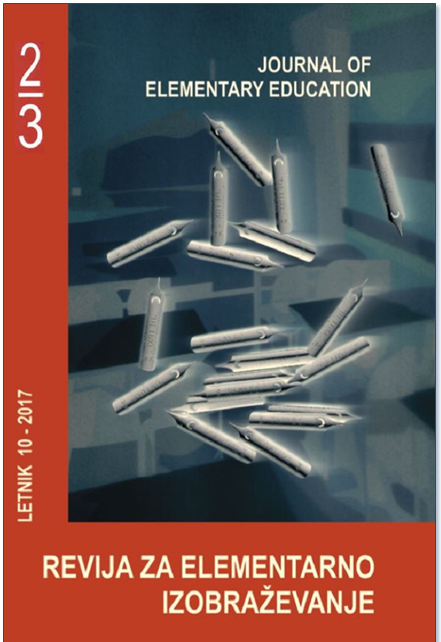Teaching Visual Arts
from the Innocent Eye to Immersiveness and Vice Versa
Keywords:
innocent eye, immersiveness, visuality, child's artistic expression, motivation for creating artworkAbstract
In the mid-19th century, John Ruskin, apologist for the poetics of the innocent eye, advocated a break with academic Realism. A century later, Gombrich and Goodman criticized Ruskin's Romantic subjectivism from the position of High Modernism. Consequently, the "Enlightenment" approach in teaching visual arts became stronger. Recently, some teaching specialists have been trying to inaugurate the term, immersiveness, in place of visual arts language for the purpose of introducing contemporary art into the syllabus.
This paper examines the relation between "the innocent eye myth" and topical approach of "immersiveness" within the framework of educational objectives and methods in contemporary teaching.
Downloads
Downloads
Published
Issue
Section
License
Copyright (c) 2017 The Journal of Elementary Education

This work is licensed under a Creative Commons Attribution-NonCommercial-NoDerivatives 4.0 International License.
